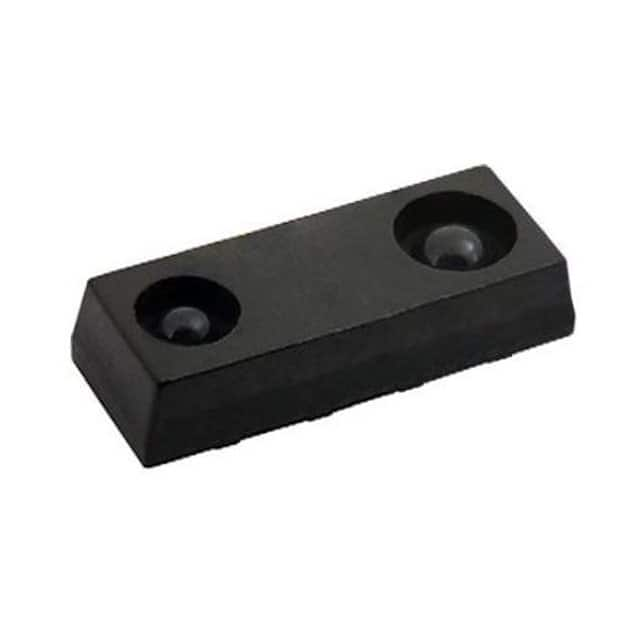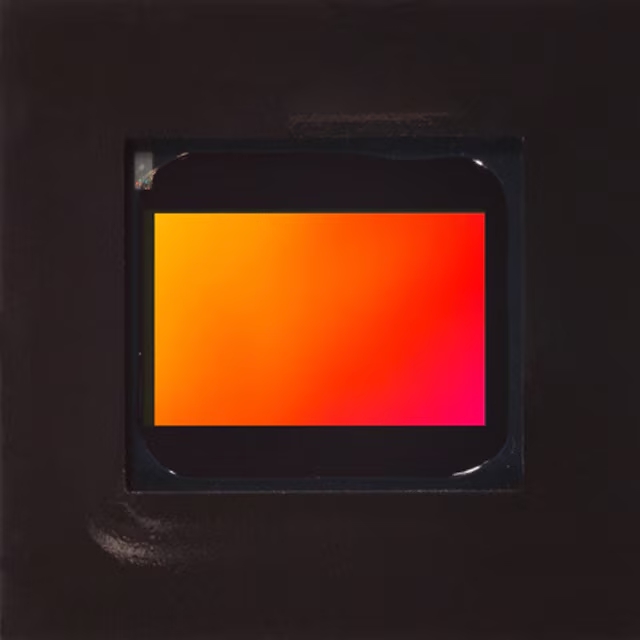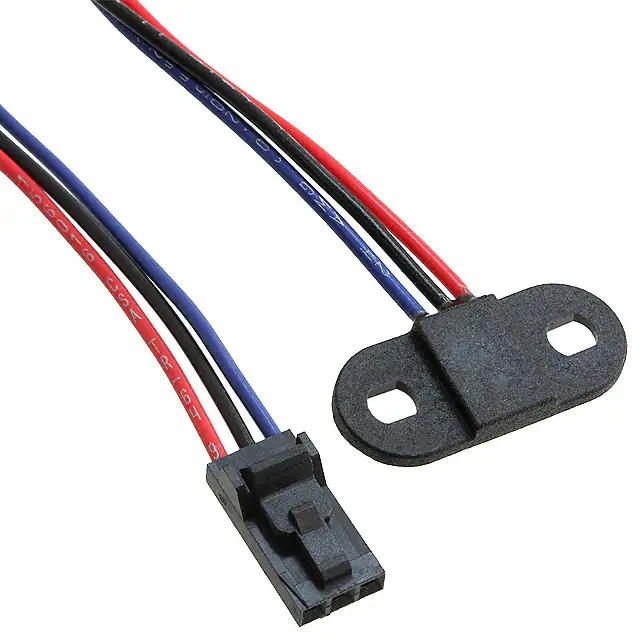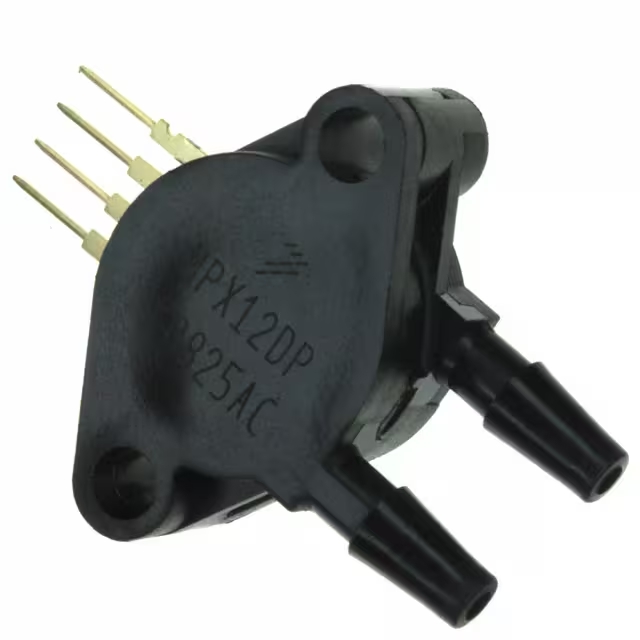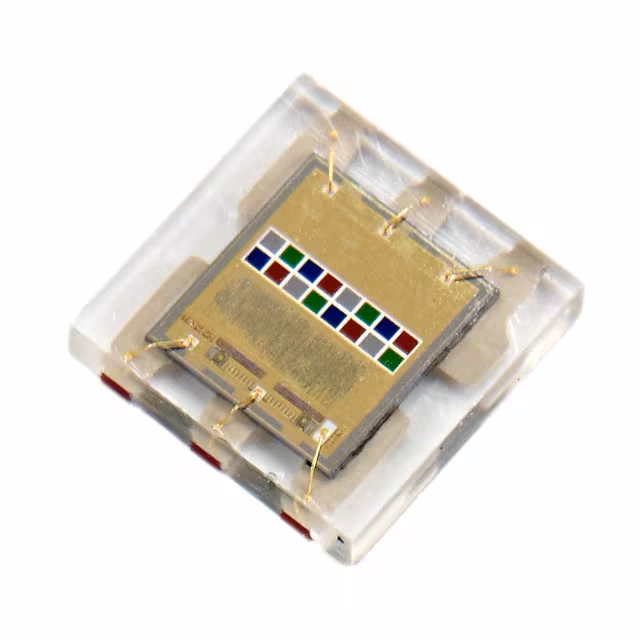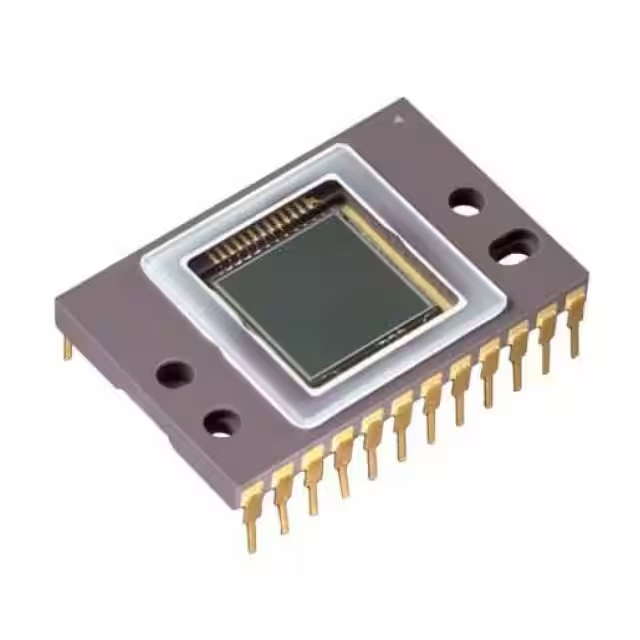VCNL4200 Arduino, Application Note & Datasheet
- Marken: Opto-Abteilung von Vishay Semiconductor
- Herunterladen: VCNL4200 Datasheet PDF
- Preis: Anfrage
- Auf Lager: 18,556
- Montageart: Oberflächenmontage
- Typ: Umgebung
- Wellenlänge: 550 nm
- Paket: 10-SMD Module

KOSTENLOSE Lieferung für Bestellungen über HK$250.00

Schnelle Reaktion, schnelles Angebot

Blitzversand, keine Sorgen nach dem Verkauf

Originalkanal, Garantie der authentischen Produkte
#NewProducts 10/23/24 Feat @Adafruit VCNL4200 Long Distance IR Proximity and Light Sensor – QT!
VCNL4200
The VCNL4200 is a small, integrated sensor that handles both proximity detection and ambient light sensing. It uses infrared light to detect objects up to 200 mm away, making it perfect for touchless interactions. It also measures ambient light intensity from 0 to 20,000 lux, which can be used for things like automatically adjusting display brightness to save power.
It communicates via I2C, which makes it easy to integrate into systems with microcontrollers. It’s energy-efficient, consuming only 1.3 mA during normal operation. Plus, it’s highly accurate, with a proximity accuracy of ±10% and light measurement accuracy of ±5%. You can also set it up for flexible use, including interrupt functionality for quick responses when certain thresholds are crossed.
VCNL4200 Pinout and Wiring Guide
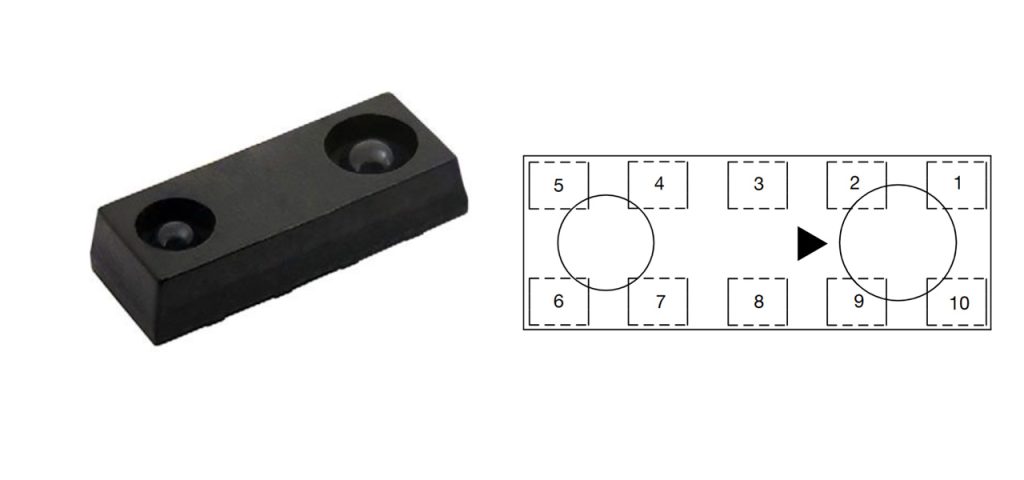
| PIN-Nummer | Pin-Name | Beschreibung |
|---|---|---|
| 1 | INT | Interrupt output (active low, open-drain) |
| 2 | Masse | Boden |
| 3 | VCI | Digital interface supply voltage (1.7V to 3.6V) |
| 4 | SDA | I²C data line |
| 5 | SCL | I²C clock line |
| 6 | NC | No connect (internally not connected) |
| 7 | VDD | Power supply input (2.5V to 3.6V) |
| 8 | IR | IR emitter cathode (connect to GND) |
| 9 | NC | No connect / reserved |
| 10 | NC | No connect / reserved |
When wiring the VCNL4200, make sure to connect the VDD and GND pins to provide stable 3.3V power to the sensor. For communication, connect SDA and SCL to your microcontroller’s I2C lines, using pull-up resistors (around 4.7kΩ) to maintain strong signal integrity.
The INT pin is used for interrupts, so connect it to an interrupt-capable pin on your microcontroller to trigger actions when the sensor detects events like proximity changes or light variations. The PS and AL outputs give you proximity and ambient light data, useful for controlling things like screen brightness.
To keep things running smoothly, use short and direct wires for the I2C connections to avoid signal loss. Also, make sure your microcontroller supports I2C at 3.3V logic levels and is set up to handle interrupts if you plan to use the INT pin.
VCNL4200 Equivalent Proximity Sensor
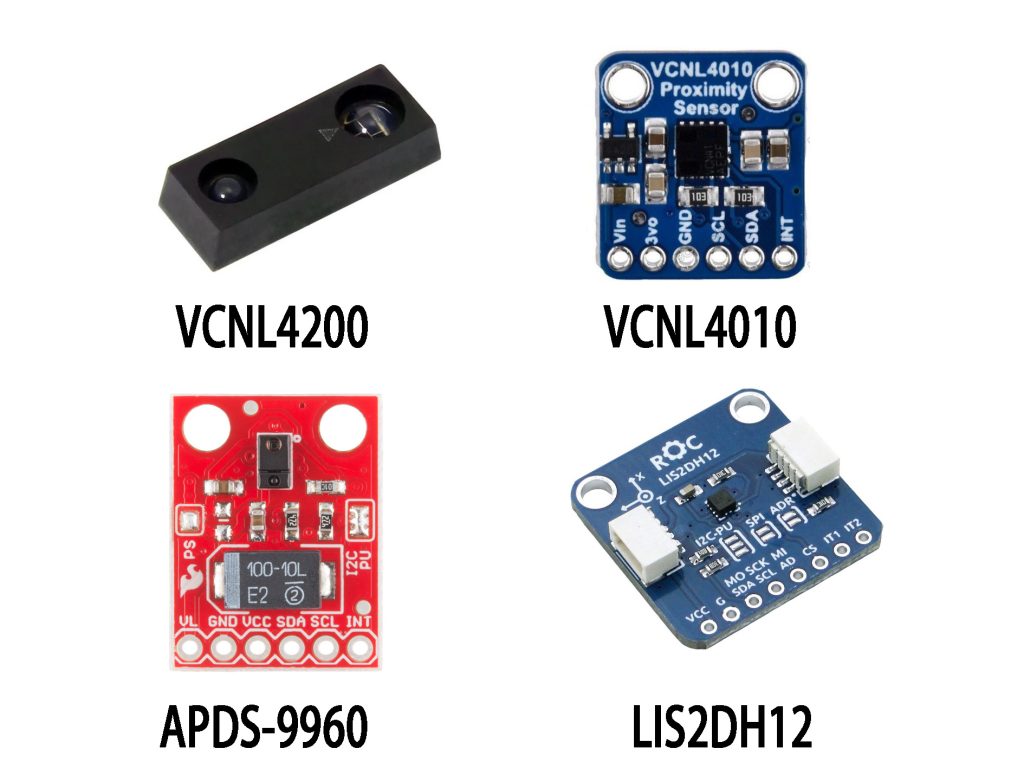
| Parameter | VCNL4200 | VCNL4010 | APDS-9960 | LIS2DH12 |
|---|---|---|---|---|
| Sensortyp | Proximity + Ambient Light Sensor | Proximity + Ambient Light Sensor | Proximity + Ambient Light + Gesture | Proximity + Accelerometer |
| Schnittstelle | I2C | I2C | I2C | I2C |
| Proximity Range | Up to 200 mm | Up to 200 mm | Up to 100 mm | Up to 50 mm |
| Ambient Light Range | 0 to 20,000 lux | 0 to 20,000 lux | 0 to 10,000 lux | N / A |
| Betriebsspannung | 3,3 V | 3,3 V | 3,3 V | 2.5V to 3.6V |
| Energieaufnahme | Low (typically 0.6mA in normal mode) | Low (typically 0.6mA in normal mode) | Moderate (typically 3mA) | Very low (typically 0.3mA in normal mode) |
| Interrupt Pin | Ja | Ja | Ja | NEIN |
| Packaging | 6-pin package | 6-pin package | 6-pin package | 6-pin package |
If you’re looking for a replacement for the VCNL4200, the VCNL4010 is a direct substitute with similar proximity and ambient light sensing. It’s an easy swap, using the same power and I2C interface, making it perfect if you want to keep things simple.
For more features, the APDS-9960 offers proximity sensing plus ambient light and gesture recognition, though its range is a bit shorter (100 mm). It uses more power, so keep an eye on your power budget.
If you need motion or tilt sensing, the LIS2DH12 is an option, though it doesn’t handle ambient light sensing and has a shorter proximity range. It’s great for low-power, battery-operated projects.
VCNL4200 Arduino Sensor Circuit Example

To connect the VCNL4200 proximity sensor to your Arduino, here’s a simple wiring guide. The VCC (red wire) goes to the 3.3V pin on the Arduino to power the sensor. The Masse (black wire) connects to the Arduino’s ground pin. For communication, the SCL (yellow wire) connects to the SCL pin on the Arduino, and the SDA (blue wire) connects to the SDA pin. These are the I2C lines for sending and receiving data.
With this setup, the VCNL4200 communicates with the Arduino via I2C, making it easy to get proximity and ambient light readings. This wiring is great for projects that need proximity sensing or light detection, like touchless controls or automatic light adjustments.
VCNL4200 Proximity Detection Circuit
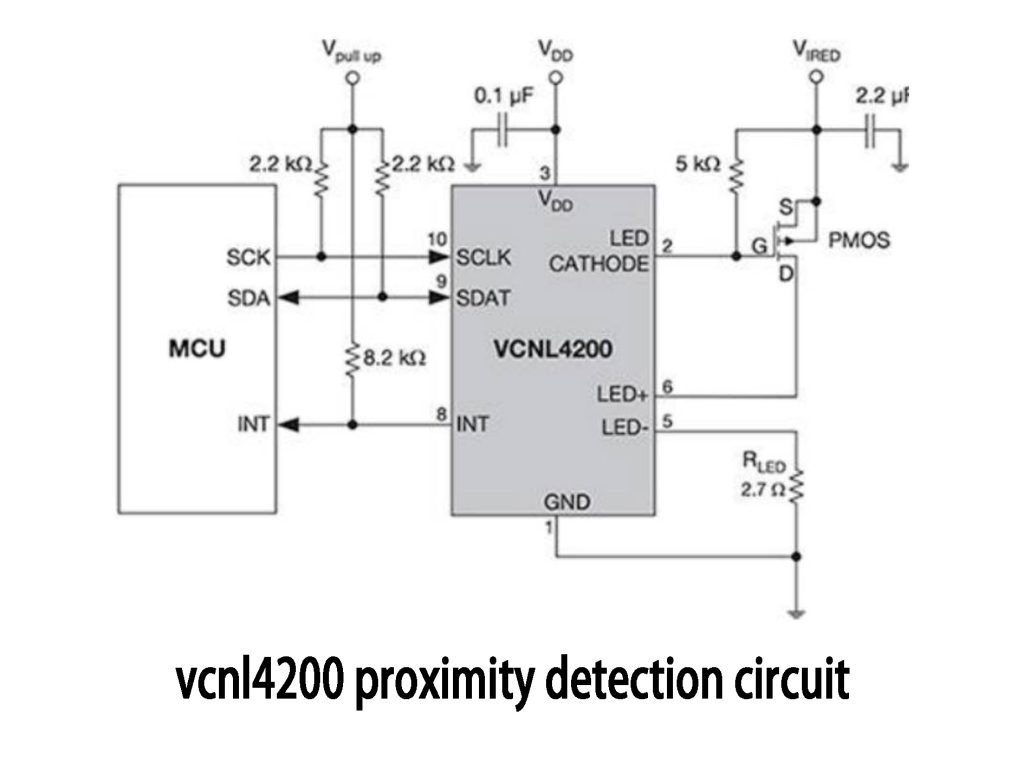
In this circuit, the MCU (Microcontroller Unit) handles communication with the VCNL4200 sensor via I2C. The VCNL4200 is the proximity sensor that also detects ambient light, sending the data to the MCU through the I2C lines (SCL and SDA).
Der PMOS transistor controls power to the LED used for proximity detection. The LED emits infrared light, and when it hits nearby objects, the reflected light is detected by the sensor, which calculates the proximity.
The circuit also includes Widerstände to limit current and stabilize I2C communication, and Kondensatoren to smooth the power supply for steady sensor operation.
This setup is ideal for touchless switches, distance sensors, and light-level sensing in various devices.
VCNL4200 Ambient Light Sensing Project
In this project, the VCNL4200 sensor will help you measure ambient light levels and adjust an LED’s brightness based on the light in the room, similar to an automatic light adjustment system. You’ll connect the sensor to your microcontroller (like an Arduino), using I2C for communication. The MCU will read the light data and adjust the LED’s brightness accordingly.
As the sensor detects changes in light, it sends the data to the MCU, which uses that info to brighten or dim the LED. For example, in bright light, the LED dims, and in low light, it brightens.
This setup is great for projects that need automatic lighting control, like smart homes or energy-efficient systems. You can even add wireless features or log the light data over time to track trends.
